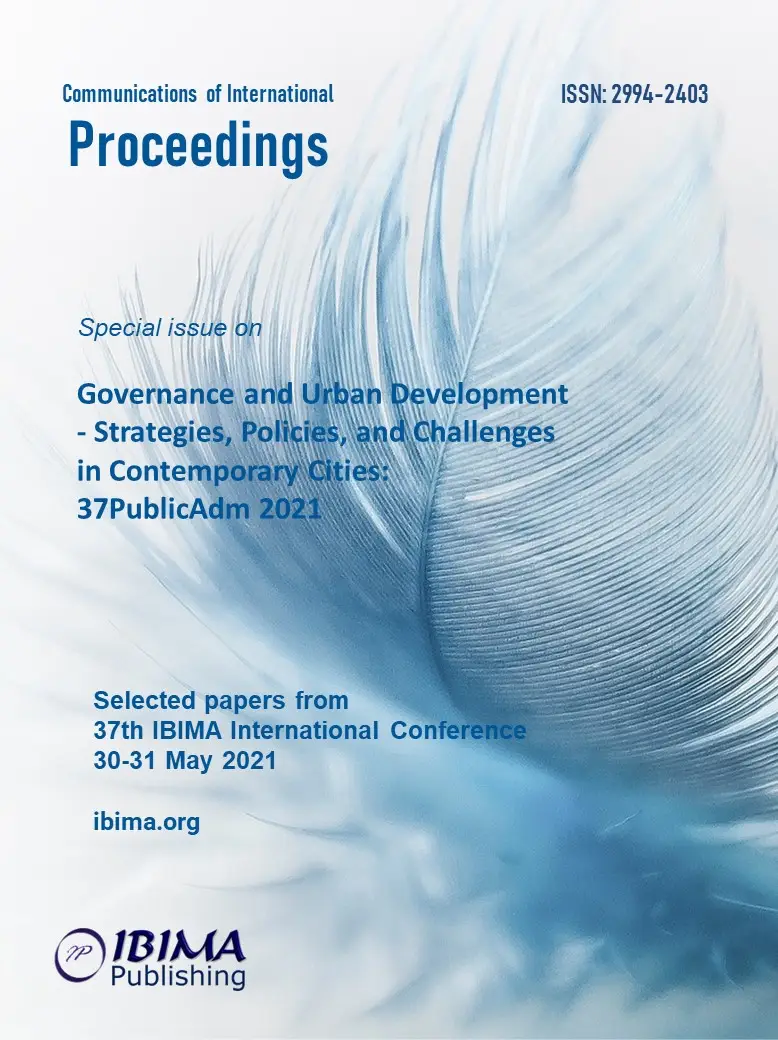
Annaelise Fritz MACHADO 1, Bruno Barbosa SOUSA 1, Frederico Ferreira de OLIVEIRA 2, Alexandra Abreu ROCHA 2, Bárbara de VASCONCELLOS 1 and Valesca Magali Corrêa BENDER 3
1 Polytechnic Institute of Cávado and Ave (IPCA), Portugal
2 Centro Federal de Educação Tecnológica Celso Suckow da Fonseca
3 Universidade do Minho (Azurém), Portugal

Nowadays, the territories have been in need of readjusting their strategies around technologies and creative activities to meet the expectations of world bodies. The large concentration of the population in urban centers, poses a set of challenges to municipal management, namely with regard to pollution, car circulation, housing, access to services, quality of life of the population, in addition to creativity as a factor of urban development. Given this, the reconfiguration of urban tourist areas becomes a reality and appears as solutions for economic growth and sustainable development. Smart Cities and Creative Cities are now seen worldwide as a parameter of differentiation, given the classification of Cities in Motion Index and Unesco, attracting tourists from various parts of the world. The main objective of this study is to present the new urban tourist configurations called Smart Cities to smart and creative cities. Is there a connection between Smart Cities and smart and creative cities in the new models of contemporary tourist urban configurations? For the methodology of this article, a qualitative research of a descriptive nature was carried out. The Cities in Motion Index reports that classify a city as intelligent were analyzed, as well as the report to Unesco that classifies cities by their creativity, crossing the data, in order to identify within the 10 most intelligent cities in the world, those that they are also creative and if there is a connection between them. The result is the cities of Singapore and Reykjavík in Iceland.